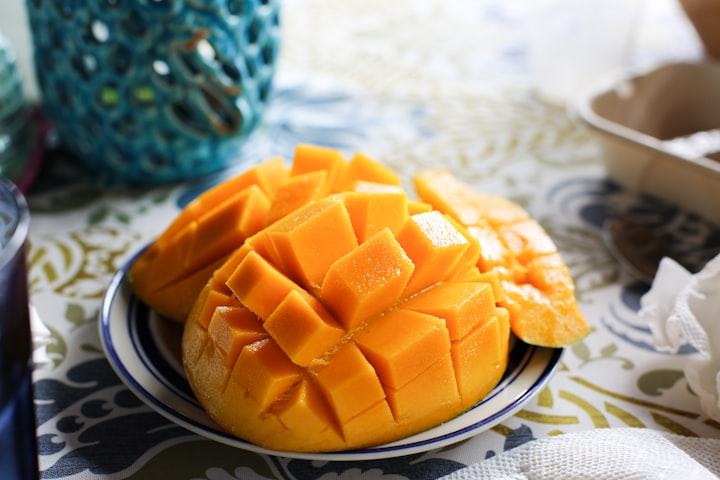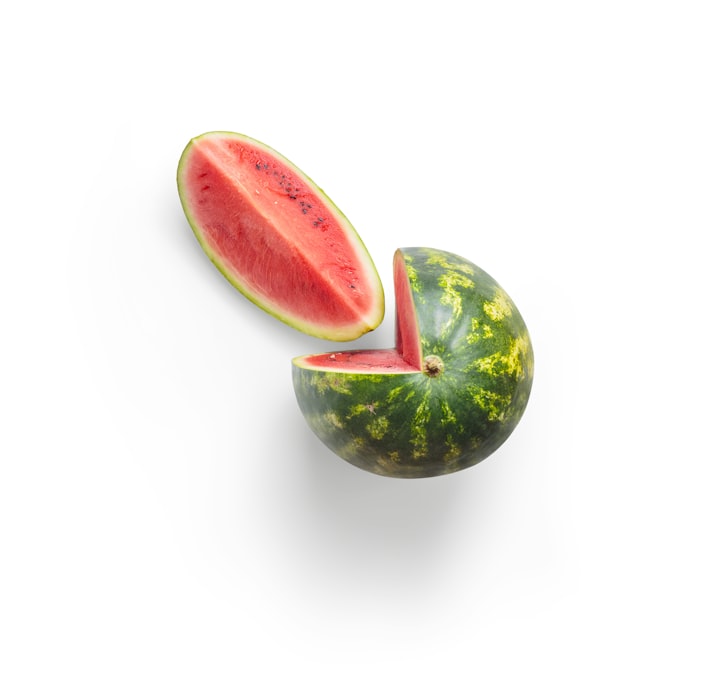How to choose the best mango
How to choose the best mango

The mango is a tropical fruit with an oval or sphere shape. Its skin is not edible and its color ranges from pale yellow to deep red. The taste of ripe mango is sweet , but when it is still green it is quite acidic.
The origin of the mango is located in Asia , in the Burmese mountains and the foothills of the Himalayas, in the eastern part of India.
Handle types:
There are a large number of mango varieties that can be differentiated by the area where they are grown, the color of the skin and pulp, the flavor and aroma of the fruit, or the size. In India, up to a thousand different types of mango can be counted. However, only a small part of these varieties reaches the European markets.
- Sensación : the most frequent variety in the Spanish market. It is a small-sized fruit with an acid and very fruity flavor, coming from South Africa.
- Manila or Carabao – A premium quality mango variety from the Philippines. Its pulp is very juicy and has a highly appreciated acid taste.
- Alphonso – One of the highest rated varieties. Its pulp is compact and fleshy, aromatic and juicy.
- Langra : the variety that reaches greater economic importance. It is a green mango, with yellow, sweet, aromatic and soft pulp.
- Julie: Variety of great importance in the Caribbean area. It is small in size and round and flattened in shape. It is a very aromatic and fleshy fruit.
- Other well known varieties: Irwin , Tommy Atkins , Zill , Keith , Parvin , Aheil , Banganpalli or Safeda , Pairi and Mabruka .
When buying mangoes:
The mango can be found in the market throughout the year , since the different producing countries produce crops at different times. However, its export is not carried out on a large scale, since it is a very delicate fruit that does not withstand transport conditions well.
It is important to buy mangoes that are slightly soft and give off a good aroma. If excessively green are purchased, the fruit will not ripen properly. If, on the contrary, they present large black areas, it may indicate that they are already past. However, on many occasions the mango presents an external appearance with spots and wrinkles, and its pulp is in perfect condition. The opposite can also happen, and mangoes whose external appearance is unbeatable may have defective pulp for consumption.
How to preserve mangoes:
Mango that is still green should be kept at room temperature until it reaches the point of ripeness suitable for consumption , after which it will be consumed within 5 days.
Ripe mangoes are fruits that are very sensitive to all kinds of blows, so they must be handled very carefully so as not to damage the quality of their flesh.
On the other hand, this fruit should never be stored in the refrigerator , as it cannot withstand low temperatures. Only if you want to consume it cold, you can keep it in the fridge before serving it, and only for the time necessary to cool it.
Use of the mango in the kitchen:
To take better advantage of its nutritional value, it is advisable to consume raw mangoes , as fresh fruit. Mango flesh is very juicy and slippery, so the best way to consume it is to cut the fruit in half lengthwise, leaving the pit flat in the center. To better enjoy its flavor, it is convenient to consume cold mangoes.
In tropical countries , the mango is consumed when it is still green as a vegetable, raw seasoned with salt or with Worcester sauce.
As for mango derivatives, the most common products are jams , compotes , jellies, syrups, milkshakes , ice cream and various drinks . Mango can also be consumed in syrup or used in the decoration of cakes and pastries. In addition, canned mangoes can be found on the market.
In India , the unripe mango is used to make chutney , a sauce made from fruit, pepper, onion, mustard and vinegar.
Another mango derivative is amchoor , a dry powdered product used in cooking as a condiment.
Why is it said that the mango skin is not edible?
It is advisable to remove the skin before consuming the mango pulp, as it can cause allergic skin reactions and irritate the mouth.






Comments
There are no comments for this story
Be the first to respond and start the conversation.